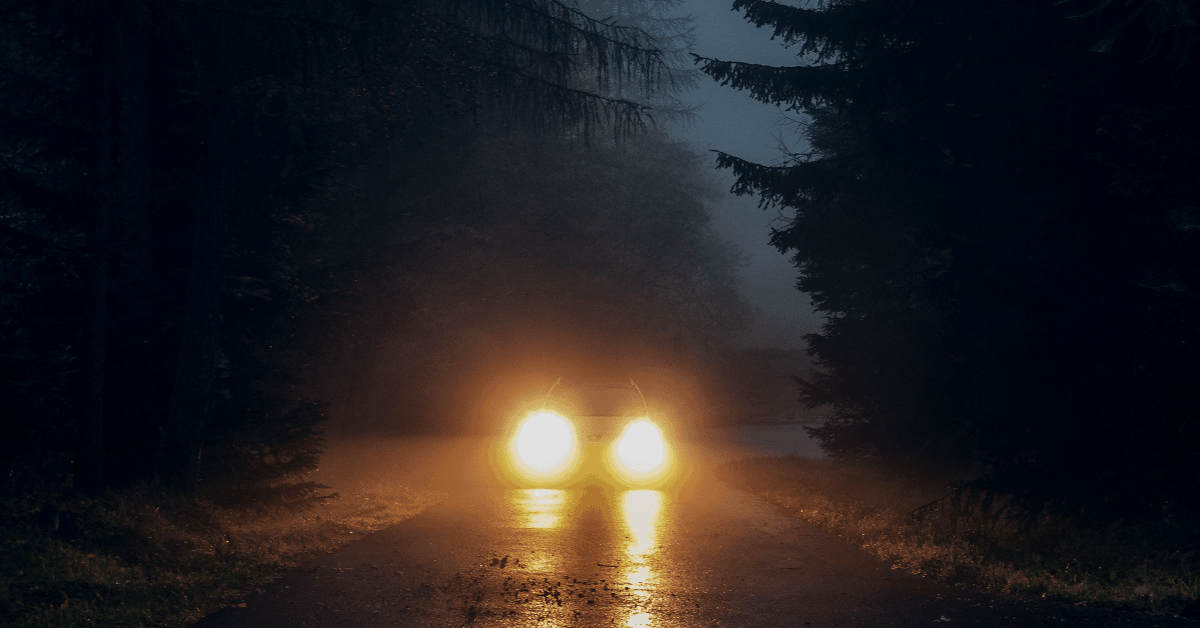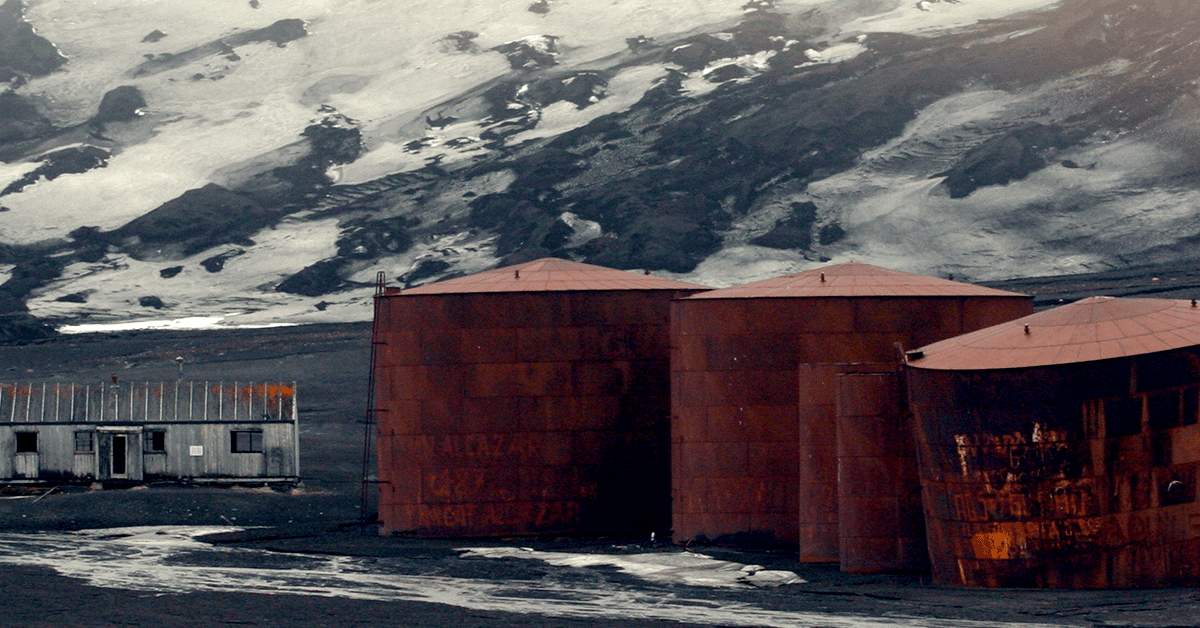With Halloween season in full swing, let’s have a look at some of the spookier locations on earth you may not have heard of.

From isolated Antarctic whaling bases to villages populated by lifelike scarecrows, here are four locations you may want to avoid if you’re the type that scares too easily.
Denver International Airport, United States
Denver’s creepy airport has had tourists scratching their heads in bewilderment and apprehension since its opening in 1995. The huge, bizarre array of artistic works dotted around the buildings are in stark contrast to the usual bland decor you may expect in an airport. Instead, visitors are greeted by depictions of the devil, statues of Anubis (the Egyptian god of death), and giant, dystopian murals of war-torn America.
Conspiracies frequently link the airport to global intrigue and clandestine organizations. Construction of the airport went a huge $2 billion over budget, leaving theorists to speculate on the reasons why. Underground Illuminati headquarters? Secret lair of the New World Order? Fallout shelter for world leaders? Probably not, though all have been speculated.
Perhaps, the most unnerving sight is the most prominent artwork of the airport, affectionately nicknamed ‘Satan’s Steed’. The looming, 30-foot-tall statue of a rearing horse with fiery, blood-red eyes has spooked travelers with its demonic appearance since the opening of the airport. The unlucky creator died during the sculpture’s construction after he was hit by a falling piece of material, an accident that foreshadowed the horse’s eerie existence.

Deception Island, Antarctica
Deception Island is the rather ominous name given to the active volcano lying in the South Shetland Islands, roughly 3000 km from Buenos Aires. This profoundly isolated ring of rock been sparsely populated for the past couple of centuries, since its discovery in 1820, with freezing temperatures and dark winter days reminding film fans of John Carpenter’s The Thing.
An abandoned whaling outpost serves as a reminder of the island’s historic use, though the storage tanks that once held huge amounts of whale blubber have sat rusted and empty for almost a century. The settlement was left much as it was, because it proved cheaper to simply leave much of the equipment and materials where they stood, leaving a desolate and unsettling ghost town.
An eruption of the volcano in the 1960s destroyed British and Chilean scientific stations on the island, and a few years of total abandonment followed. Throughout the history of human interaction with the island, settlers could be forgiven for thinking that they were not particularly welcome. About the only creatures to carve out any form of successful existence on the bleak island are the huge colonies of penguins, who continue to prove hardier than their human counterparts.
Nagoro Scarecrow Village, Japan
The remote mountainous village of Nagoro, located in the Iya Valley on the island of Shikoku in Japan is just one of many of rural settlements in the area. Much like most of its neighbors, Nagoro suffers from the effects of rapid depopulation, with one of the only draws to the village being its proximity to a local hydropower dam. That was until strange, lifesize scarecrow likenesses began appearing in the area.
The models, who number around 400, were created by local artist Tsukimi Ayano, who relocated back to the village in the early 2000s and was shocked at how empty her childhood home had become. Most of the scarecrows bare the image or likeness of a specific villager who has passed away or moved, frozen in time and performing the tasks and daily routines of road workers and teachers, or simply sitting at a bus shelter.
The assortment of scarecrows outnumber the existing, organic inhabitants by almost ten to one, and the display is a sad indictment of the decimation of Japan’s rural population as whole generations relocate to the cities and urban areas. They exist as a poignant and creepy reminder of a formerly thriving community that gives Nagoro the image of a village stuck in time.

Beelitz-Heilstatten Hospital, Germany
Located just an hour’s drive from Blacklane’s head office in Berlin, the abandoned Beelitz-Heilstatten Hospital ticks the box for just about every horror movie trope. Initially serving as a Tuberculosis sanatorium, the 60 building complex quickly became a center for those wounded during the first world war — including a certain A. Hitler. The hospital, once witness to so much death and destruction, now lies empty and derelict.
The buildings remain, with some creepy signs of former life. The occasional medical hospital pamphlet, rusted steel bed frames that have been unoccupied for decades, and red brickwork covered in creeping vegetation gives the hospital an aesthetic that would be regarded as almost too cliche for a budding horror film location scout.
Today, even as something of a tourist location, there is a certain chill in the air. Exploring the empty corridors and derelict waiting rooms is no comfortable way to spend a day (unless you get a kick from the creepy, which you probably do if you’re reading this). Many do, in fact, and so for the past ten years, the hospital has served as something of a must-see for those with an interest in the bloody and macabre. Join them if you like, but you’ll forgive us for passing up an invitation.



